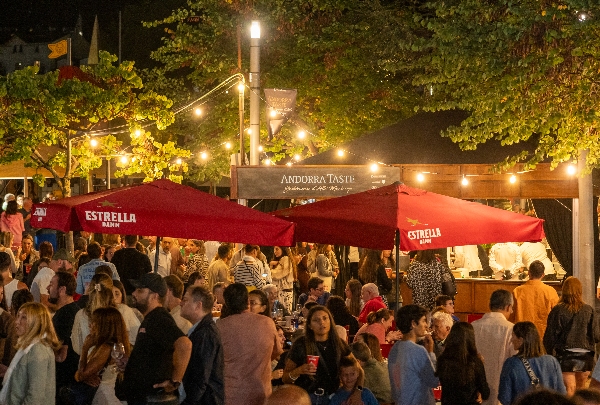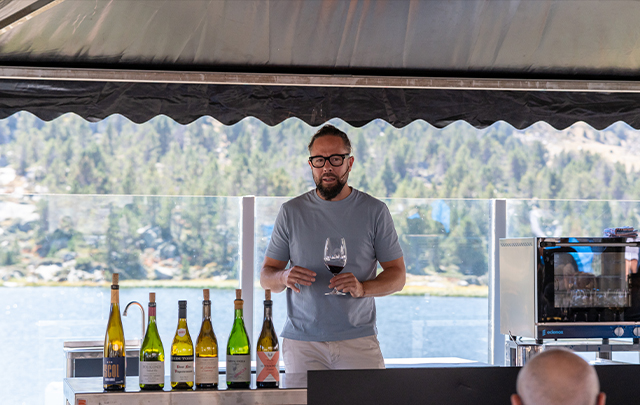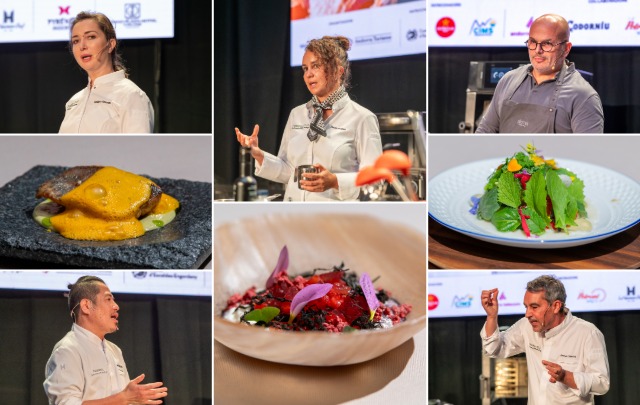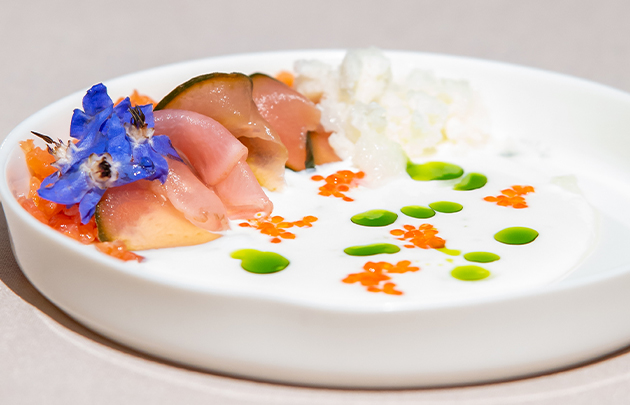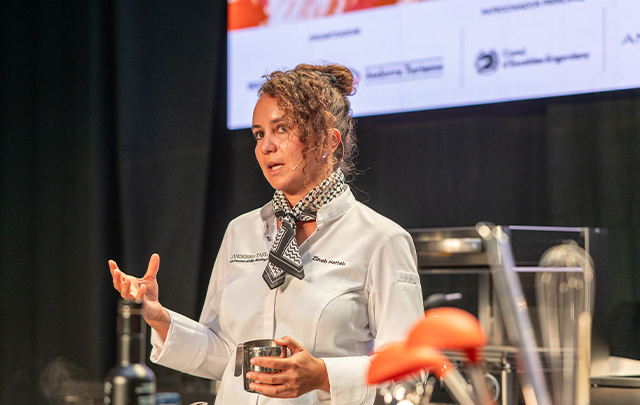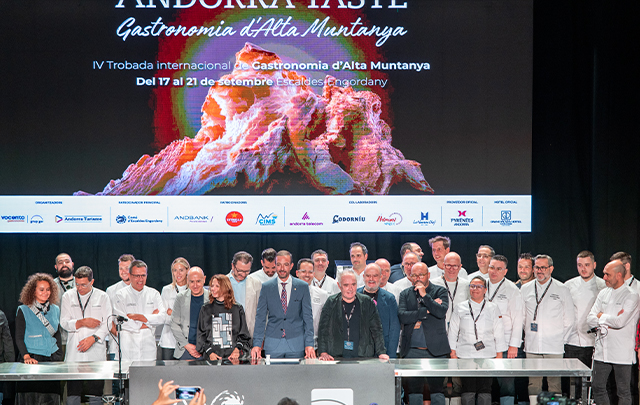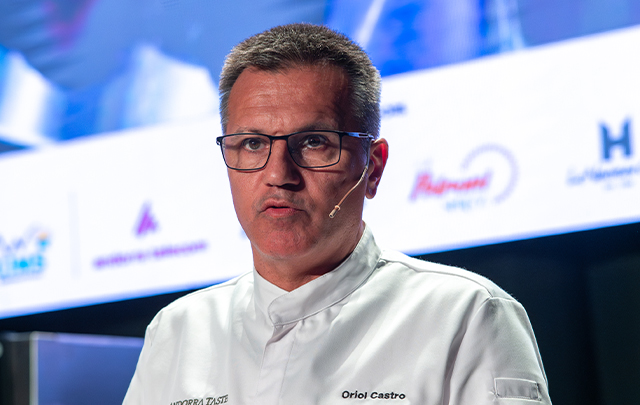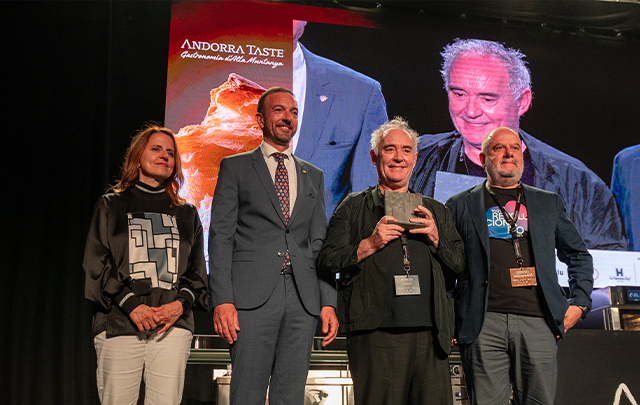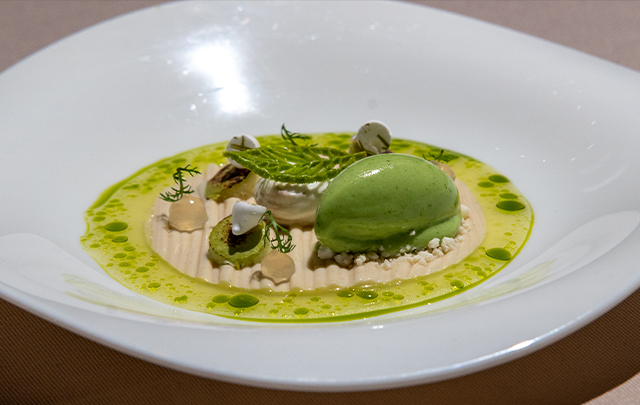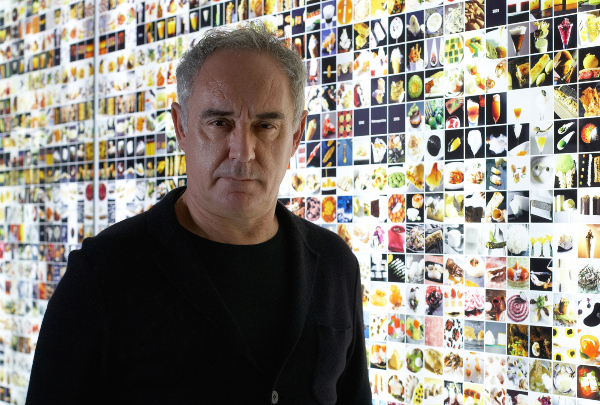News
Andorra Taste confirms, through the best European examples, the power of gastronomy to revitalise mountain environments
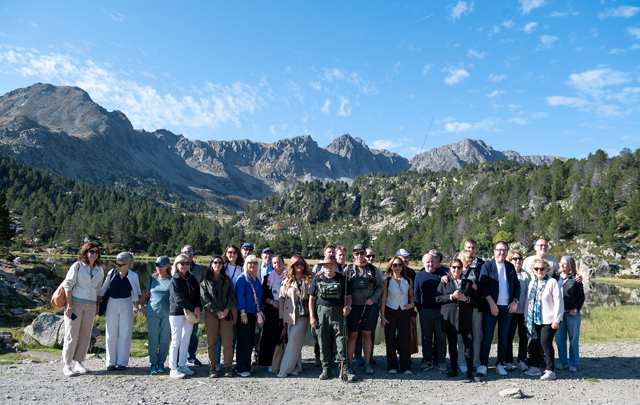
The fourth edition of Andorra Taste has come to a close, with its professional sessions taking place at an altitude of 2,350 metres in the heart of the mountains and on the shores of Lake Pessons. It was an ideal setting in which to proclaim that 'it is vital to restore pride to the mountains', a sentiment echoed by many of the speakers at this year's event, including Luis Alberto Lera, Francis Paniego, Slovenian Uroš Štefelin, and Swiss-based Spanish-Moroccan Zineb Hatabb. Many of these speakers are young, including Maximilian Stock from Die Geniesserstube im Alpenhof* in Tux, Austria, and Sergio Sainz from Lavedán in the Tena Valley in Aragon. They are part of a new generation who recognise that 'the legacy must be preserved'.
The International High Mountain Gastronomy Meeting aimed to 'restore pride to the mountains' by showcasing 'projects that connect people with the territory'. As the managing director of Vocento Gastronomía, Benjamín Lana, pointed out at the event's close, 'gastronomy is a wonderful tool for building the future'. A future that, according to the CEO of Andorra Turisme, Betim Budzaku, has already begun to be built with remarkable results in the Principality: 'In record time, progress has been truly significant'.
This same philosophy was evident in the presentations on the third and final day, which provided further insights into gastronomy and the mountains against the backdrop of Lake Pessons. Two chefs who are also familiar with peaks and valleys shared their thoughts on the subject. The first was Martín Comamala, an Argentinian chef based in Puigcerdà (Girona), who explained the path he traces from the sea to the mountains through several dishes from his restaurant, 539 Plats Forts. He explained that 'we don't have to give up certain products that are not readily available if we know where to find the right supplier'. To this end, he goes to the fish market in Blanes (Girona) himself to select the fish for his restaurant, not only to ensure he knows its origin, but also to maintain a personal relationship with the producer. He tries to make this process as meaningful and sustainable as possible since, as he explained, 'on the way from Puigcerdà to Blanes, I have been building a network of suppliers who add value to that journey'. Drawing on his own experience, Comamala conveyed to his fellow professionals and the assembled audience that 'a good product is worth the effort', a commendable endeavour given that he is the sole employee of his restaurant.
Next up was Sergio Sainz, an Aragonese chef from Lavedán in Tramacastilla de Tena, Huesca, who is reviving the flavours of traditional Pyrenean mountain recipes. Sainz explained that, upon returning to his village after training elsewhere, he realised that 'many of the culinary traditions of the area had disappeared, and our rural identity was being lost because no one was fighting to preserve that legacy'. Confronted with this situation, Sainz and his life and project partner, Carla Frigolé, felt they had a duty to preserve the area's culinary culture. This struggle involves recovering native species such as the Fueva bull, the Sobrarbe rooster, and the Churra Tensina sheep. Sainz said that it is the courage of some farmers that enables them to work with such unique products, such as the Fueva bull, which is only bred by two producers across the entire Pyrenees and nearly disappeared in the 1960s. Finally, the Aragonese chef asked the audience to consider the impact of their consumption choices: 'buying craft products helps producers and rural areas because preserving the past ensures a future based on our roots'.
Wines that touch the sky
High-altitude wines were the stars of the last day of Andorra Taste. Fernando Mora, Master of Wine and oenologist at Bodegas Frontonio in Zaragoza, led a tasting session to show us how the mountains influence wine.
The oenologist began his explanation by stating that ‘altitude means risk and difficulty, but difficulty also presents opportunities for the unexpected’. Tasting several high-altitude wines, all of which were grown at an altitude of 1,000 metres, Mora took us on a tour of the mountains of Andorra, Chile, Argentina, Switzerland, Italy and Aragon. He detailed the characteristics that these 'wines that touch the sky' have in common. The Master of Wine explained that the effects of altitude are diverse and affect wine in different ways. He highlighted the increased temperature range as you climb higher, which gives the wine more complexity; the more intense light and cooler winds, which help produce healthier grapes with thicker skins and greater aromatic clarity; and soil erosion, which results in less vigorous vineyards and smaller grapes with a more pronounced mineral component and greater fruit concentration.
Andorra Taste takes to the streets!
The end of the professional conference marks the start of the popular part of Andorra Taste, where locals and visitors can enjoy a gastronomic fair from today until Sunday. More than twenty restaurateurs and pastry chefs from across the country will be offering their creations at affordable prices.
Food lovers will have the opportunity to visit Prat del Roure in Escaldes-Engordany, an open-air space in the heart of Andorra with extended opening hours from 12 noon to 11 pm. On Sundays, Andorra Taste Popular closes at 8 pm. Alongside the gastronomic offerings, there is a wide range of free activities, providing first-class entertainment for the penultimate weekend of September. At Andorra Taste Popular, you can eat and learn about gastronomy at the many show cooking sessions and tasting workshops taking place throughout the three-day fair. Some of these activities are designed especially for children, who will be invited to prepare easy traditional Andorran recipes in cooking workshops. To liven up the fair, there will also be live music performances by local bands and DJs.


